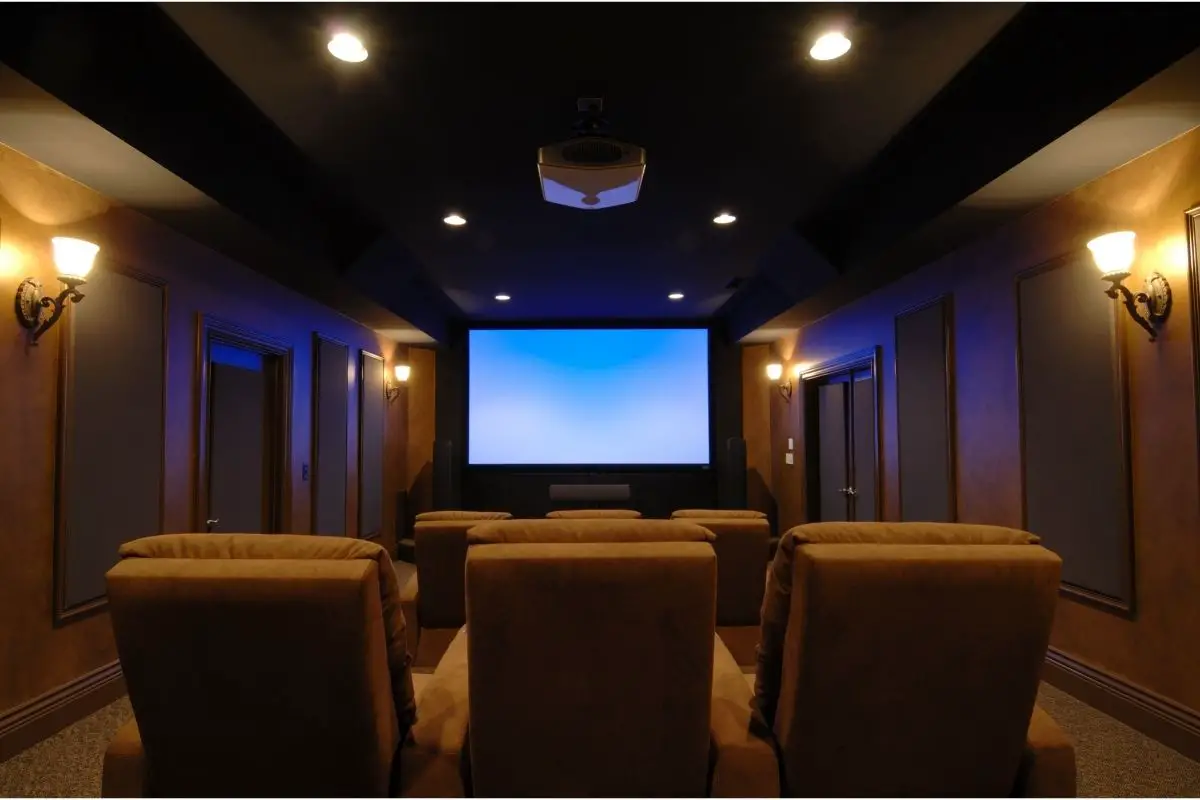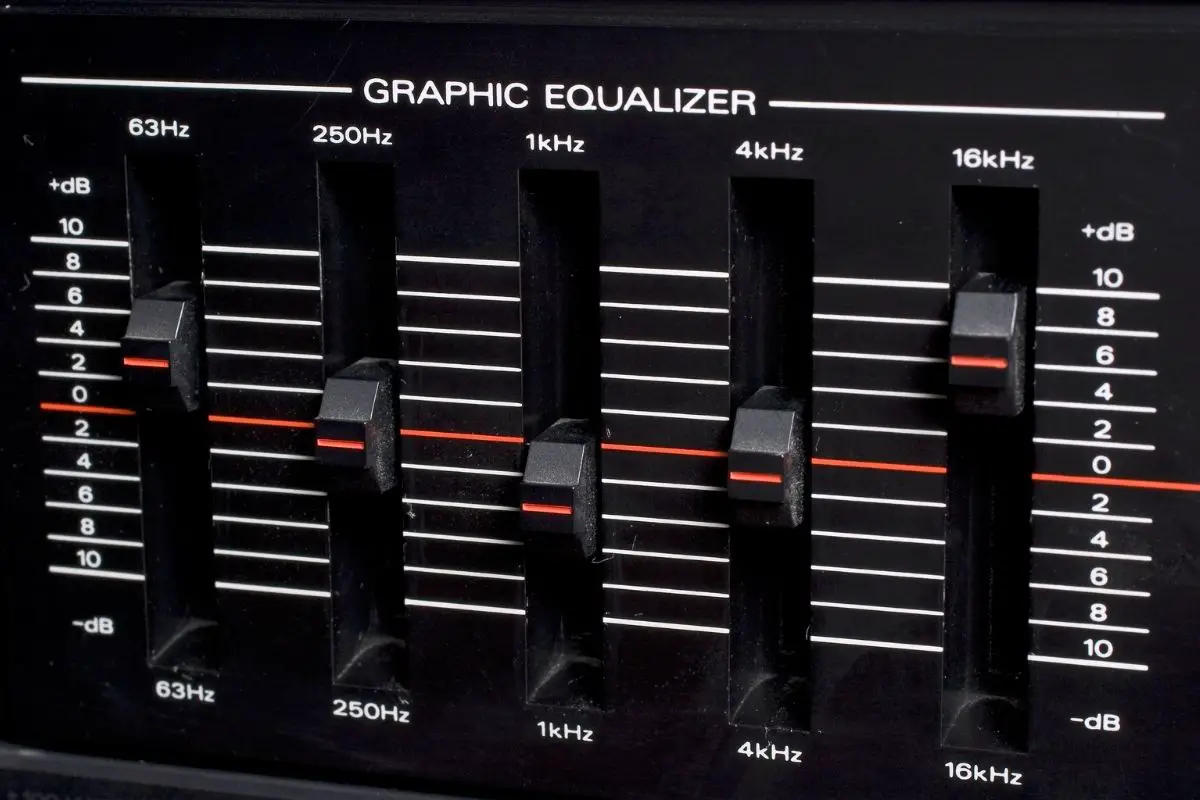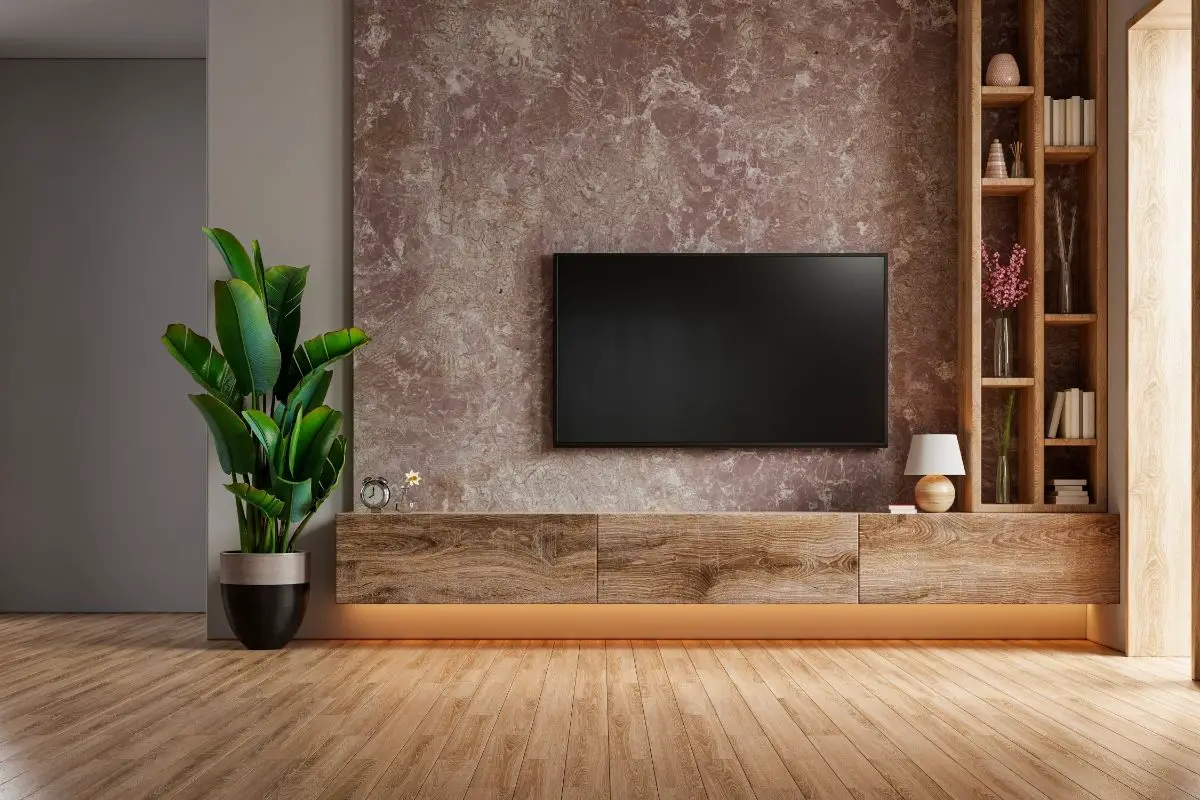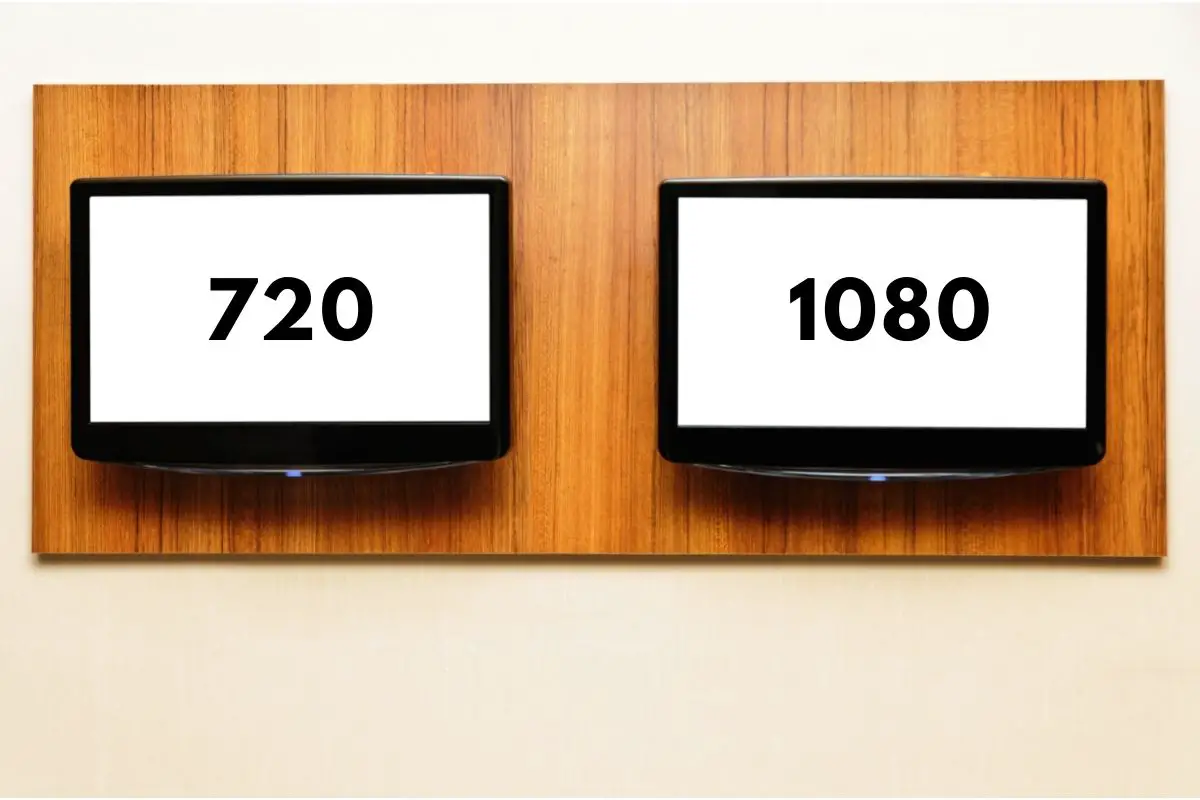When it comes to resolution, a lot of different terms can be thrown around including QHD and WQHD – but do these two terms actually mean and which one is the superior?
If you want to learn more about resolutions then this is the place for you. We are going to be taking a close look at both QHD and WQHD, exploring what each term means and how they differ from each other.
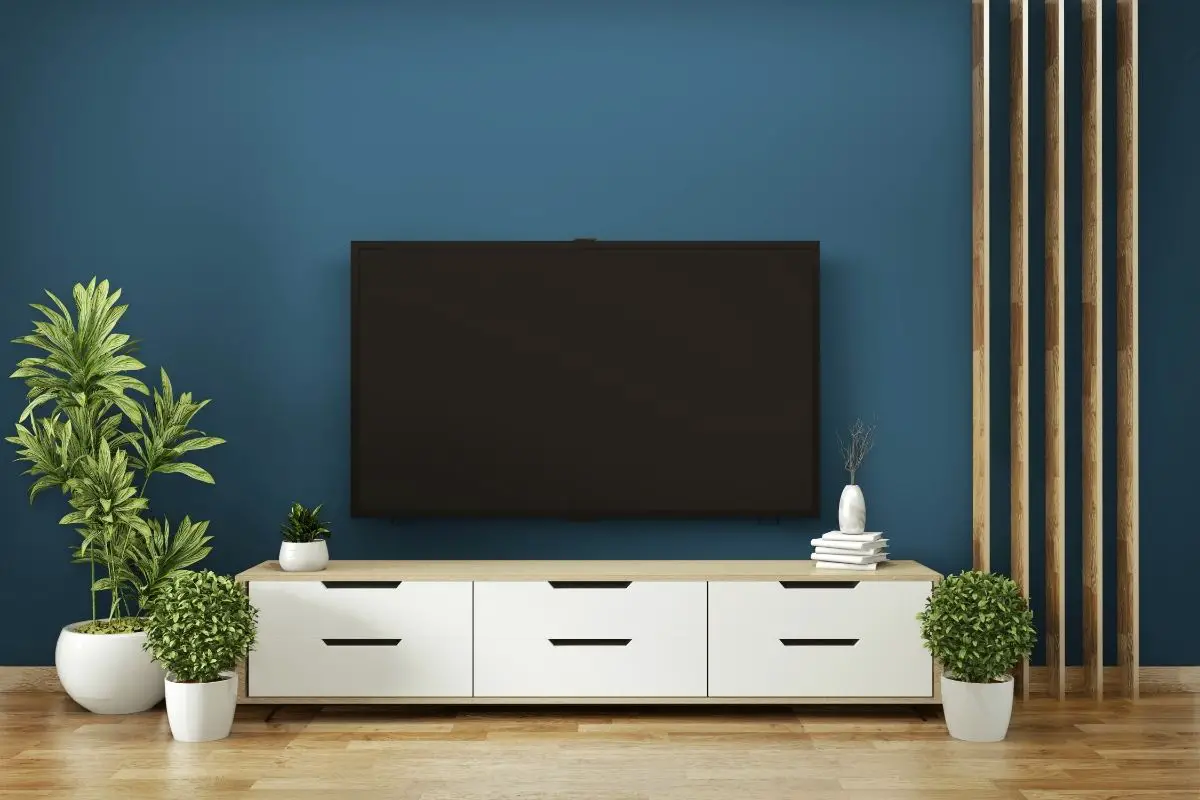
This way, you can understand more about resolutions and how you can find the best one for you.
So, check out the information below to find out everything you need about QHD and WQHD – starting out with QHD.
What Is QHD?
QHD stands for Quad High Definition, but is sometimes shortened to Quad HD or just QHD.
It is a type of 1440p resolution, one of the most popular resolutions for High Definition media, that actually measures at 2560 x 1440 pixels specifically.
Because of this, 1440p and QHD are both also known together as 2K resolution.
This puts them below Ultra HD with 4K resolution which is now becoming more popular, but they are above older 720P or 1080p resolutions like HD and FHD.
So basically, QHD is just another shorthand term for the resolution of 1440p.
This is the term easiest to explain because so many of us are already familiar with 1440p resolution.
It is the same resolution as a lot of our media and we often see it when trying to fix pixelated videos on websites and on our TVs.
So, when you say QHD is just another name for 1440p resolution, even amateurs will probably understand what you mean – but what about WQHD?
What Is WQHD?
Where QHD stands for Quad High Definition, WQHD stands for Wide Quad High Definition. This means that WQHD is just the widescreen version of QHD.
It still belongs in the 2K level alongside QHD but it is bigger. Where QHD is 2560 x 1440 pixels, WQHD is 3440 x 1440 pixels instead. Because both terms are by 1440 pixels.
That is why they are often grouped together. However, WQHD is also known as UW (which in turn stands for Ultra Wide) 1440p instead of just 1440p like QHD is known as.
Both types of resolution are very similar but 1440p or QHD is just far more recognized than WQHD. The only difference between the two is that WQHD is ultra-wide.
This sort of thing has been done before. Back when 1080p was the largest resolution, it was later upgraded to UW 1080p which was also known as WFHD (short for Wide Full High Definition).
So, it makes sense that the same thing happened with 1440p.
What’s The Difference Between QHD And WQHD?
Honestly, there is only one difference. Well, technically there are 880 differences because there are 880 more pixels with WQHD than there are for QHD – but other than that, nothing.
The more pixels used for WQHD does make it way more applicable for widescreens or anything above the 16:9 aspect ratio.
Using QHD to fit the same ratio may result in black bars on the side, or stretching and distorting the image which can lead to a negative viewing experience.
Therefore, many movie theaters and home projectors aim to use a resolution of WQHD instead.
But other than this, there is little to no other difference between the two. They share the same amount of vertical pixels, it’s just that WQHD is wider.
To some people, this makes a world of difference. Movie enthusiasts and professional gamers would insist that every single pixel counts when upgrading your TV screen or monitor.
It’s true that pixels can perhaps influence the results of your gaming or allow you to see more details than ever in a movie but to everyday people who aren’t bothered by a few black bars, then the difference is minute.
Should I Upgrade My Screens To WQHD?
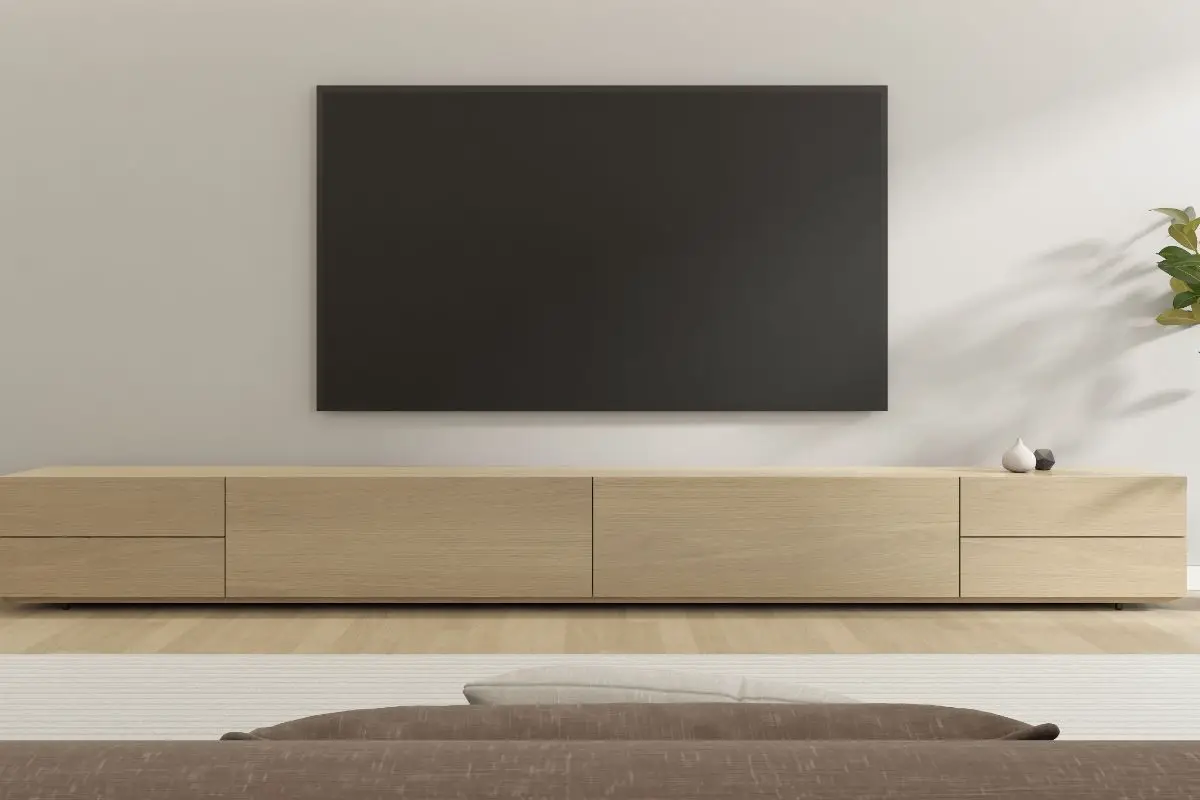
We think going out of your way to upgrade all of your screens from QHD to WQHD would be overkill.
If you really wanted the best kind of resolution possible then you would definitely want to upgrade to a screen with 4K resolution instead of sticking with 2K but those screens are super expensive and hardly worth it in our opinion.
A movie can just as easily be enjoyed on a 2K screen, especially because a lot of movies and games are made with the expectation that it will be viewed on a 2K screen more often than not.
However, if you are super passionate about movies or gaming and you want a full cinematic experience when exercising your hobbies.
Then you might as well go full out and get a 4K screen – but there really is no point in upgrading from QHD to WQHD.
Perhaps years ago when WQHD was relatively new, the change would have been worth it but today.
There are so many higher resolutions now available that switching from QHD to WQHD is not really worth the effort in our opinion.
So although you can argue that WQHD is better than QHD because it is wider and contains more pixels, thus making the images it displays more detailed.
The difference is too minor to bother upgrading all your screens when now there are resolutions with twice as many pixels as WQHD. In fact, there are even 10K resolutions now with 9600 x 10240 pixels!
If your screen has recently broken and you are going to purchase a new one anyway, then sure – go for an affordable screen in your budget with the highest quality.
Which nowadays tends to be WQHD but we wouldn’t recommend getting rid of a perfectly good screen for the sake of 880 pixels.
Conclusion
So, to sum everything up – QHD is another term for 1440p resolution.
Not long after it was made, the widescreen version of this resolution was also made and given the acronym WQHD.
Because WQHD is wider, this means that it features 880 more pixels in its resolution so it can display more detail on screen. However, it is still a part of the 2K umbrella.
This is the only major difference between the two and both sit in the middle of the general resolution table.
While both are fairly common and standard when it comes to screen resolutions, they are easily outstripped by some of the more expensive screens that boast resolutions of 10K.
Although technically WQHD is better than QHD because it is slightly wider, it is not worth replacing a fine QHD screen that is functional.
- How Do I Connect My Samsung Soundbar To Bluetooth? - February 5, 2024
- How To Connect Soundbar To TV With Optical Cable? - February 5, 2024
- How to Choose the Right Audio System for Your Home Theater Setup - April 25, 2023



